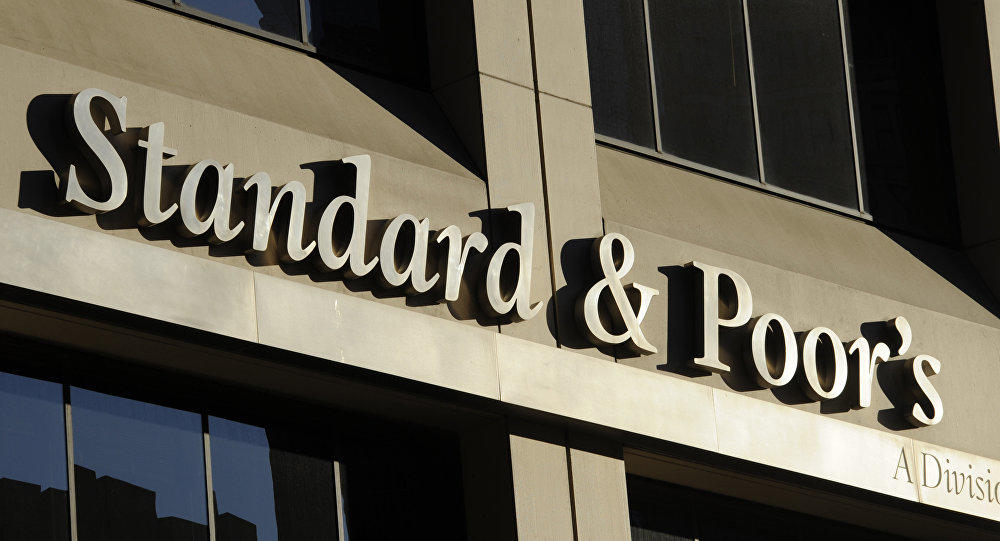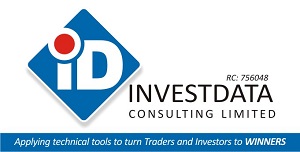S&P 500 Nears Record High As Risk Sentiment Improves, Fed Tightening Nears End

Linh Tran
The S&P 500 (US500) is currently trading around 6,750 points, near its all-time high, reflecting a strong recovery in the U.S. stock market after the early-October correction. The main driver of this rally comes from an improving macroeconomic backdrop and a notable shift in investor sentiment, as concerns over trade and interest rates have temporarily eased.
The first positive factor stems from U.S. trade policy. According to recent remarks by President Donald Trump, the proposed 100% tariffs on Chinese imports “would not be sustainable,” and he expressed a willingness to meet with President Xi Jinping to ease tensions. These statements boosted optimism about global trade prospects. The market reacted positively as fears of a renewed trade war subsided, prompting capital to flow back into technology, industrial, and financial sectors — the three pillars that together account for more than 60% of the S&P 500’s total weight.
Alongside trade developments, Federal Reserve policy remains a key focus. The Fed is currently maintaining interest rates within the 4.00%–4.25% range, while Chair Jerome Powell suggested that the ongoing quantitative tightening (QT) program is “nearing its end.” The market has begun to price in that the rate-hike cycle has likely peaked, which has eased valuation pressure on high-growth stocks. Meanwhile, the 10-year Treasury yield has stabilized around 4.3%, down from the 4.6% peak seen in September, helping to contain borrowing costs and support equity valuations.
Another noteworthy element comes from the commodity markets, particularly gold. In just the past day, gold prices have dropped nearly $400/oz, from their record high near $4,380/oz to around $4,000/oz. Beyond profit-taking after an extended rally, this sharp correction reflects a weakening in safe-haven demand — a signal that global risk appetite is improving. As investors scale back exposure to safe assets, capital tends to rotate back into riskier instruments such as equities, indirectly supporting the uptrend in the S&P 500.
Finally, the upcoming Q3 earnings season is set to play a decisive role in determining whether the rally can be sustained. Profit expectations for major tech companies — Apple, Microsoft, Nvidia, and Meta — have been revised upward, while consumer and financial sectors may benefit from resilient demand and higher interest margins. If corporate results continue to outperform forecasts, this could help the S&P 500 extend its gains into Q4.
However, the market still faces fiscal headwinds as U.S. public debt surpasses $37 trillion and the federal government shutdown continues, delaying the release of key economic reports. The lack of data may cause the Fed to remain cautious, adding uncertainty to expectations for policy easing. Still, the current risks appear insufficient to derail the market’s bullish momentum.
With improving risk sentiment, growing confidence that the Fed is nearing the end of its tightening cycle, and the easing of U.S.–China trade tensions, investors are becoming more optimistic about global corporate earnings. These factors collectively suggest that the fundamental outlook for the S&P 500 in Q4 remains positive, barring any major policy or geopolitical shocks.
Tran is Market Analyst at XS.com






